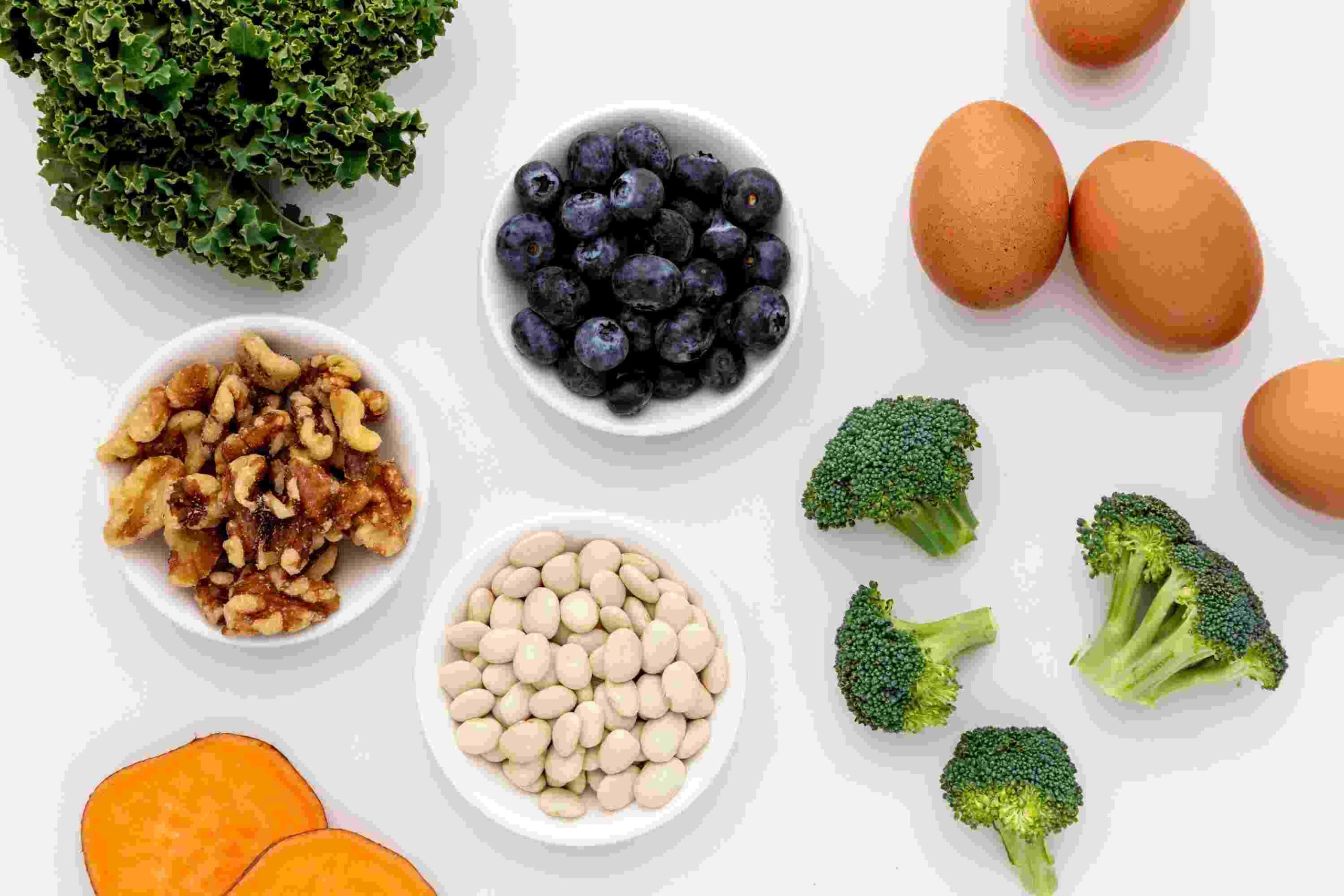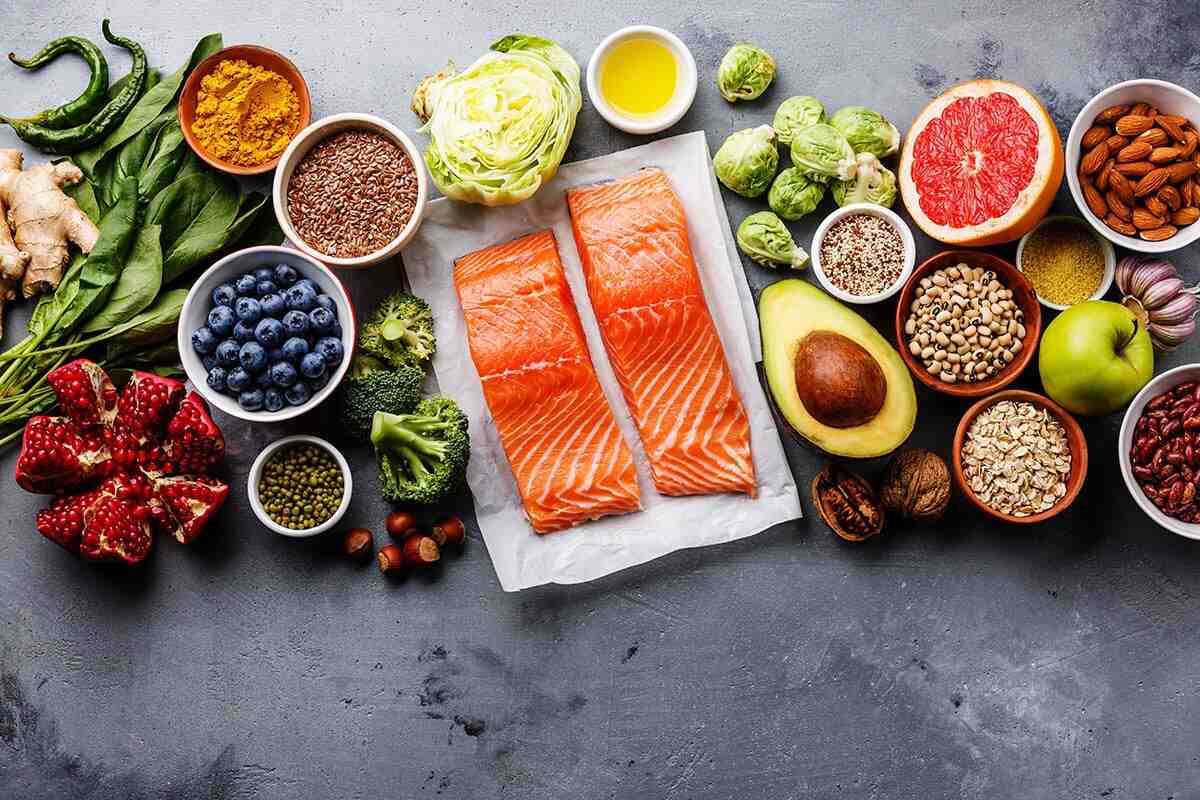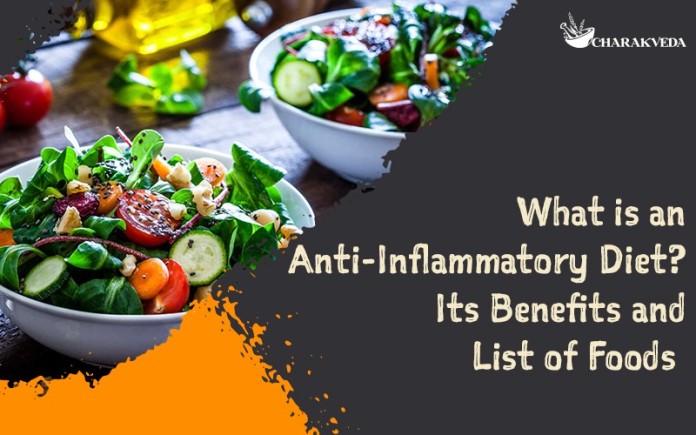Every day, we hear or read about various new diets and an anti-inflammatory diet is a new one. Before we discuss in detail this diet, it is important to understand more about inflammation.
When you hear the word inflammation, you think about redness or soreness on your skin or muscles. These are just the external symptoms of inflammation. When your body is fighting an infection or a disease, it sends inflammatory cells to the affected area as part of its natural immune response. These cells help in fighting the infection and external symptoms as redness or swelling might appear. It is all okay till your body is in control. Sometimes, even after the infection is over, the inflammation lingers on. This means, your body would always be in a high alert condition and might even trigger many heart-related diseases, Alzheimer’s and even cancer.
However, there are certain ways through which you can let your body be in control of the inflammation:
- By modifying your diet and including anti-inflammatory foods & drinks
- Taking chronic pain medication (only when it is necessary)
While only a doctor might help you with the medication part, you can take control of your diet and add anti-inflammatory foods to it.
Also Read: 5 Healthy Smoothie Recipes You Can Make in 10 Minutes
What is an anti-inflammatory diet?
When we talk about being on an anti-inflammatory diet, there is no specific diet that you are on. It is about including more foods and beverages which have anti-inflammatory properties and may help in reducing inflammation in your body.
It also means cutting off foods and drinks that might contribute to making your inflammation worse.
Typically, in an anti-inflammatory diet, you include six to eight servings of fruits and vegetables and cut down on the consumption of red meat, dairy and processed food.
You might also include foods that are rich in omega-3 and omega-6 fatty acids and choose complex carbohydrates over simple ones.
An anti-inflammatory diet is helpful for someone dealing with extended inflammation as a result of any health issue. Athletes who perform high-intensity workouts and experiences might also find this beneficial for them.

What are the benefits of an Anti-Inflammatory diet?
Studies have shown that following an anti-inflammatory diet might help people dealing with:
People suffering from autoimmune diseases like Rheumatoid Arthritis or Multiple Sclerosis
- Heart-related diseases
- Diabetes
- Pulmonary Diseases
- Alzheimer’s
- Breast and colorectal cancer
- Epilepsy
This diet may also help with:
- Age-related pain management
- Quick recovery in athletic training
- Reducing risks associated with heart-diseases
Which foods to eat for an anti-inflammatory diet?
As mentioned, there is no formal structure to what should be eaten to follow an anti-inflammatory diet. It is more about including anti-inflammatory foods and drinks which reduces inflammation and pain in your body. If you are still looking for a structure to follow, you can try a Mediterranean diet. There are lots of overlaps in these two diets as both encourage the inclusion of fruits and vegetables. There are plenty of options that you can play with and include in your daily diet.

List of foods and drinks to include in your diet
- Include lots of fruits like bananas, mangoes, pomegranate, peaches, grapes and blueberries. Tomato might also be included.
- Some of the vegetables with anti-inflammatory properties are broccoli, cauliflower, bok choy and Brussels sprouts. Make sure you are eating enough veggies. Don’t forget green leafy vegetables like spinach, kale, romaine lettuce.
- Eat dried fruits, like plums.
- Since you will have to cut down on red meat from your diet, make sure you include plant-based protein sources in your diet such as lentils and chickpeas. Fatty fishes like salmon, mackerel, lake trout, and herring can also be included.
- Add more whole grains like oatmeal, whole-wheat bread, barley, brown rice to your diet.
- A kitchen staple like ginger can do wonders for inflammation. I have written a detailed article about the same. Read it here.
- Include healthy nuts like walnuts and almonds. Chia seeds and flaxseeds can also be considered.
- Try switching to using avocado or olive oil for cooking and dressing. These are rich in omega-3 fatty acids.
- You can eat dark chocolate but in moderation.
- Some of the beverages that have anti-inflammatory properties and can be included in your diet are coffee, green tea and red wine (in moderation).
Also Read: 7-Day Indian Diet Chart for Weight Loss at Home
List of Foods to Avoid
- Avoid eating refined carbohydrates like white bread, sweets, cakes or pastries.
- Cut down or remove foods that are high in sugar like soda and other sugary beverages.
- Avoid eating red meat and remove dairy or dairy products from your diet.
- Stop eating processed and fried foods.
What are the disadvantages of eating anti-inflammatory foods?
There is no downside to eating anti-inflammatory foods regularly. In fact, it is only going to improve your overall health. When you get on this diet, there is a learning period to understand which foods and beverages work best for your body.
If your diet is full of processed and fast food junk, there might be times when you’ll have to spend more time on meal prep as junk food is a no-go on an anti-inflammatory diet.
How soon can I expect results?
Don’t expect miracles as soon as you start this diet. It will take a minimum of three weeks and it can go up to 12 weeks to show the results. People who try this diet inform a reduction in pain, achiness, soreness and lesser gastrointestinal issues. Apart from improving your overall health, it is also shown to improve your mood.
How would I know if an anti-inflammatory diet works for me?
Eating anti-inflammatory foods and drinks is not only for people suffering from chronic conditions. It is all about having a healthy approach to what you are eating. An anti-inflammatory diet is a lifestyle modification and is helpful for everyone. It is just that it has been also effective for people dealing with inflammation and chronic pain.
Wrapping Up
If you have been dealing with redness, soreness, chronic pain and inflammation, trying an anti-inflammatory diet might be a good idea. It might take some time to show its effect but stick to it for at least three months to see any results. But before including or excluding any food from your diet, I would advise you to talk to your health physician.


